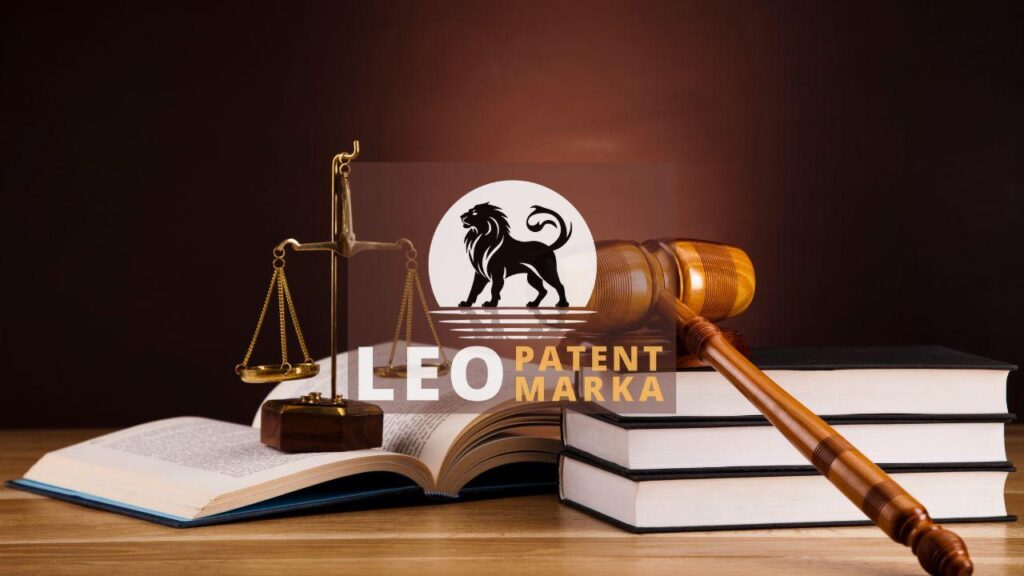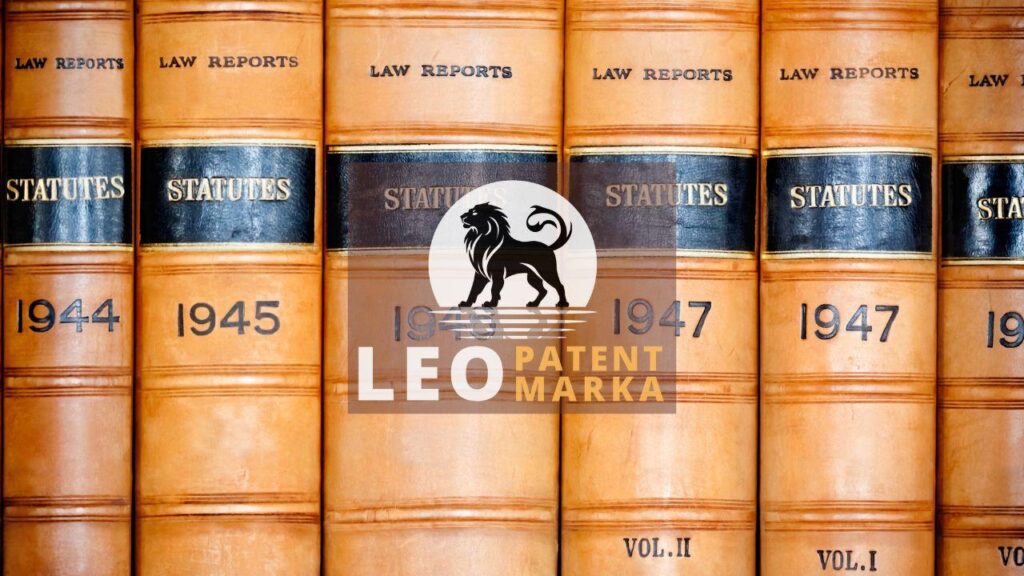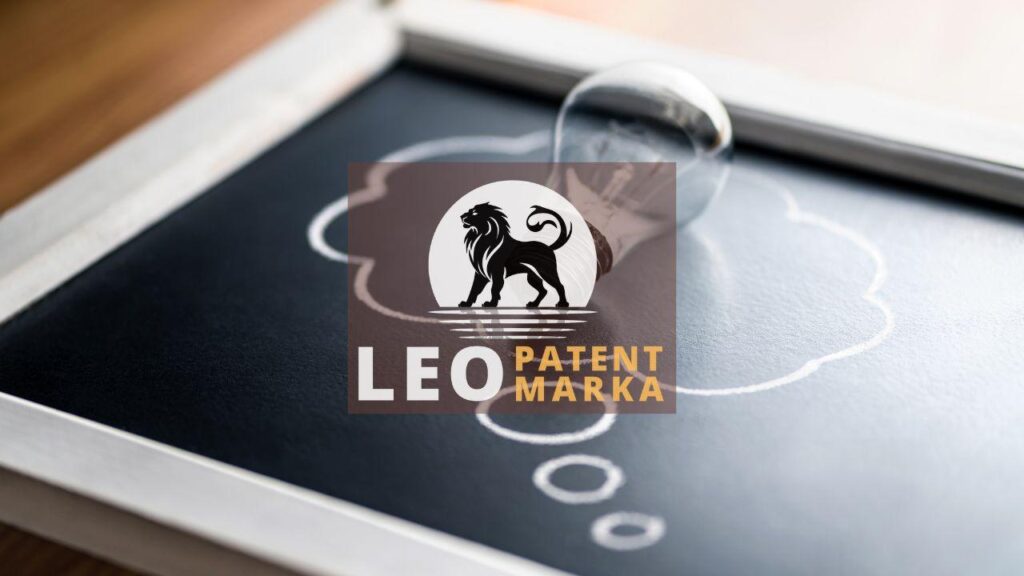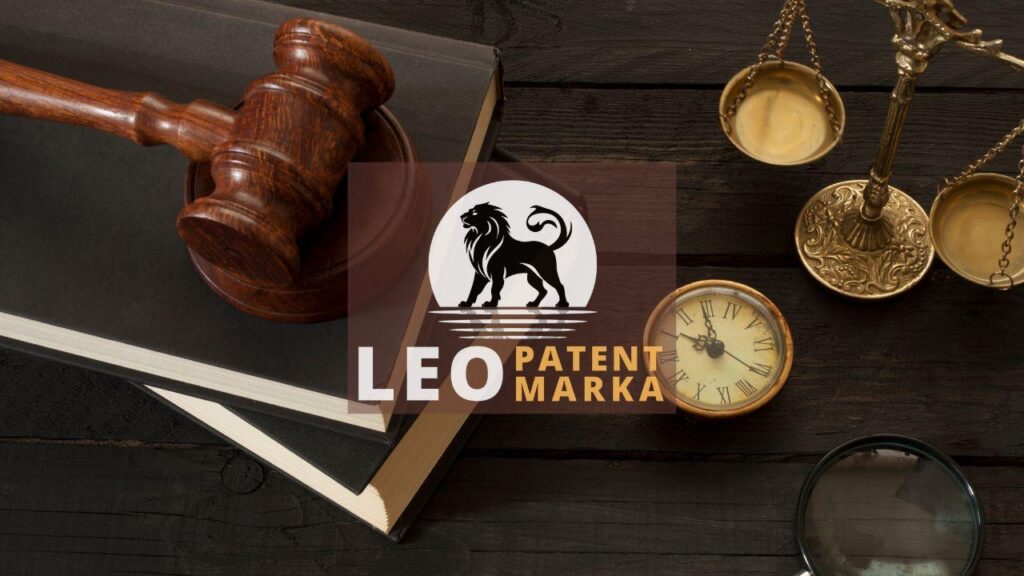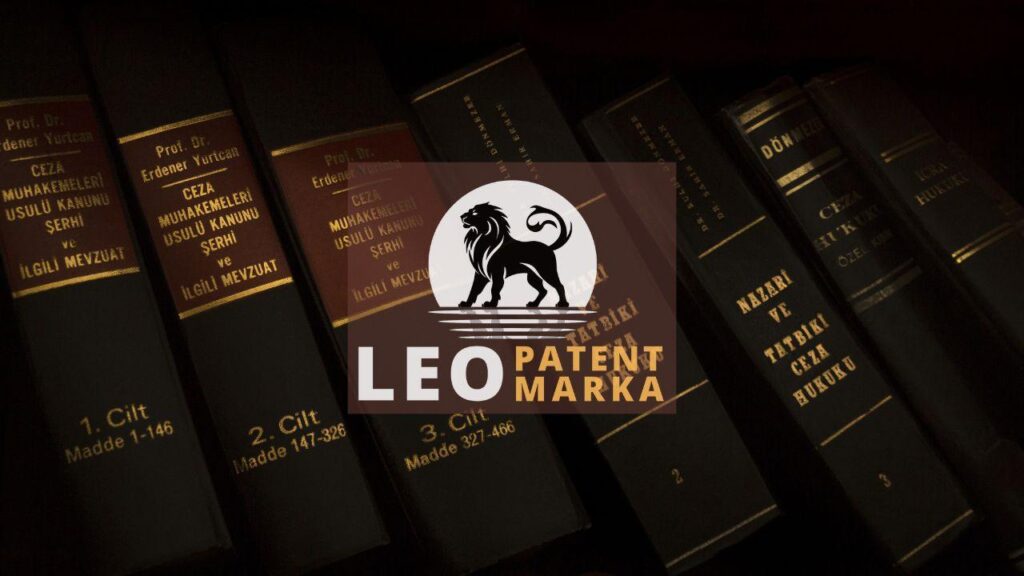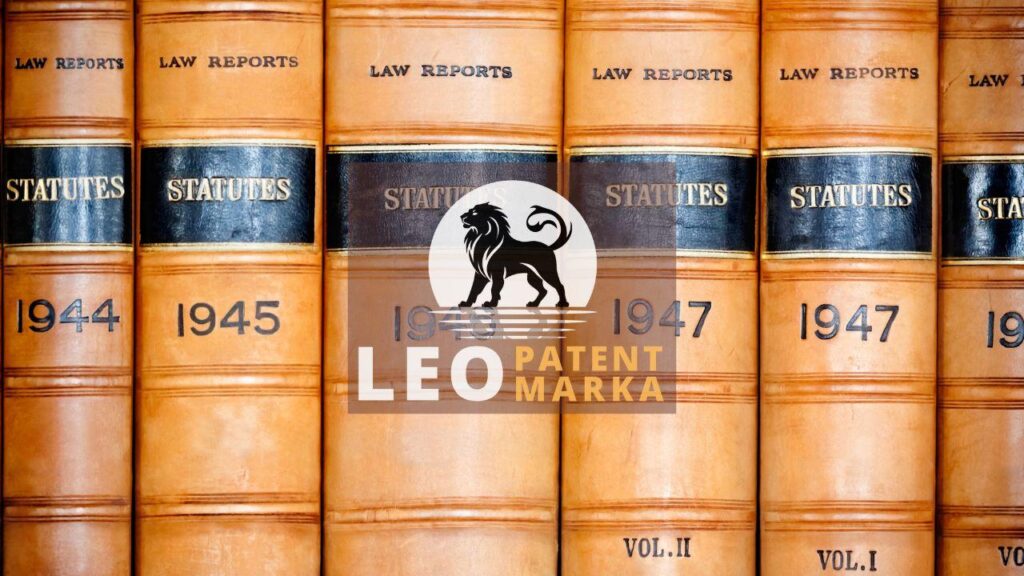Trademark licensing agreements are crucial for businesses looking to leverage their brands effectively. Without a well-drafted agreement, you risk diluting your brand’s value. Imagine opening your business doors, only to find you’ve left them unlocked. That’s what a weak trademark agreement essentially does—leaves you exposed. The key clauses in licensing hold the power to fortify these agreements. They specify rights, payment structures, and duration, acting as a roadmap. Addressing trademark agreement essentials helps in safeguarding intellectual property licensing while ensuring mutual benefit. Licensing contract details can be intricate, but getting them right is non-negotiable. Remember, overlooking details could cost you dearly. The strategy lies in making these agreements strong yet flexible. By focusing on clear terms and responsibilities, you steer clear of potential legal tangles. So, why leave it to chance when you can secure your brand’s future with a precise trademark licensing agreement?
Essential Components of Successful Trademark Licensing Agreements
Trademark licensing agreements are only as good as their components. Key clauses in licensing start with defining the scope of use. Think of it as drawing a map—specifying where and how your trademark can be displayed. Without it, you’re driving blind. Scope influences branding success; it’s your guiding star. Ensure payments and royalties are crystal clear. Skipping these details can turn profits into dust. Next, include a termination clause. Life’s unpredictable; your agreement should be prepared. Consider quality control—your brand’s reputation hangs in the balance. Intellectual property licensing must balance strength and adaptability. Trademark agreement essentials like these don’t just safeguard; they empower. Licensing contract details determine peace of mind and potential revenue. Remember, a solid agreement needs precision and foresight. Let these elements serve as your compass in drafting resilient trademark licensing agreements. Secure your brand today, or face the costly storm of oversight tomorrow.
Quality control cannot be overstressed in trademark licensing agreements. Imagine your brand’s reputation chipped away, piece by piece, with every unauthorized use. It’s a nightmare scenario. Here, the key clauses in licensing play a pivotal role. They set boundaries, ensuring intellectual property licensing safeguards your brand’s integrity. Additionally, licensing contract details should outline audit rights. Regular checks are like oiling the machine—necessary for smooth operations. Enforcing consistent quality standards gives you confidence in the market. Trademark agreement essentials also demand defining indemnification terms. Should things go awry, who foots the bill? Establish this upfront to shield against financial fallout. Also, nail down renewal options. A flourishing partnership should have longevity, but with flexibility. Intellectual property licensing, when crafted with care, paves the way for sustainable success. By concentrating on these elements, you minimize risks and reinforce your brand’s standing in a competitive landscape.
Security takes precedence when drafting trademark licensing agreements. Consider dispute resolution clauses as the agreement’s safety net. Conflicts will arise—it’s inevitable. Without a dispute plan, you’re navigating a minefield blindfolded. Intellectual property licensing thrives on clarity and order. So, lay down the law with arbitration or mediation terms. These licensing contract details work like a referee, ensuring fair play. Additionally, define performance benchmarks. They’re your milestones—markers of success. Miss them, and your brand’s potential may slip through the cracks. Again, don’t overlook confidentiality clauses; your secrets are your treasures. Shield proprietary information as fiercely as you would a vault of gold. Implementing these key clauses in licensing can transform trademark agreement essentials into a formidable shield against unpredictability. Efficiently tighten these bolts in your agreement, and you secure not just your brand, but your peace of mind. Ultimately, the power of trademark licensing agreements lies in their thoroughness and strategic foresight.
Navigating Legal Requirements in Trademark Licensing
Navigating legal requirements in trademark licensing is like stepping through a legal maze—one misstep and you could land yourself in a quandary. Understanding trademark licensing agreements involves careful attention to several crucial factors. Trademark agreement essentials lay the groundwork. But what makes these agreements truly airtight is the inclusion of vital legal clauses. These range from exclusivity rights to the scope of use, each defining the path of your intellectual property licensing. Such details can make a significant difference, steering clear of potential pitfalls. It’s all about designing a licensing framework that not only meets your needs but also withstands legal scrutiny. Licensing contract details, when thoughtfully crafted, ensure that both parties are on the same page, avoiding future disputes. So, navigate wisely—each clause could be your best defense and the key to unlocking successful trademark licensing.
Trademark licensing agreements demand not just attention but precision. You’ve got to be as sharp as a tack. The complexity of licensing starts with outlining the key clauses in licensing—those guardrails for your trademark journey. One slip-up here, and it’s a domino effect that could unravel carefully laid plans. Trademark agreement essentials don’t rest on shaky foundations. They include clauses on indemnification, sublicensing, and termination which build resilience against unforeseen scenarios. Licensing contract details carry weight and should be crafted with foresight. Intellectual property licensing thrives on clarity and cohesion; without these, misinterpretations can morph into costly disputes. It’s like walking a tightrope—a misjudgment can lead to a fall. But with a detailed and comprehensive agreement, you’re walking the line with a safety net beneath. Stay vigilant; the sturdier your licensing agreement, the safer your brand’s legacy becomes.
When crafting trademark licensing agreements, understanding intellectual property licensing is paramount. The devil is in the details, particularly regarding the legal and financial obligations stipulated in licensing contract details. Imagine navigating a ship through stormy seas—with thorough preparation, even the choppy waters of legal requirements become manageable. Trademark agreement essentials act as your compass, guiding you through turbulent negotiations and ensuring clarity. Crystal clear guidelines about royalties, monitoring, and quality control are key clauses in licensing that require meticulous attention. Overlooking these could sink your brand by compromising the integrity of your intellectual property. Protect what’s uniquely yours with a strong and sensible approach. Craft agreements that not only safeguard your brand but propel it forward into calmer, more prosperous waters. Don’t let rough patches steer you off course; aim for precision in each clause to secure lasting peace of mind.
Strategic Considerations for Trademark Licensing Success
Strategic considerations in trademark licensing agreements can either make or break your brand’s success. First, clear delineation of rights within these agreements forms the foundation that protects against misuse. Think of it as laying down the law in a palace — each participant knows the boundaries. The next step involves setting payment structures and royalty rates, akin to ensuring fair returns on a harvest. Key clauses in licensing also touch on territory restriction and duration, shaping the landscape for brand expansion. These trademark agreement essentials offer a buffer, safeguarding your assets while fostering collaboration. Monitoring and compliance checks ensure everyone plays by the rules, keeping the intellectual property licensing running smoothly. Addressing licensing contract details with precision empowers businesses, providing the robust shield every brand needs to thrive. Don’t underestimate the potent mix of strategy and detail — it’s this blend that can ultimately dictate triumph.
Effective trademark licensing agreements demand attention to both detail and the bigger picture. Create strong agreements by emphasizing territorial rights and scope. Picture building a stone fortress; each clause acts as a solid foundation to withstand any storm. Including key clauses in licensing, such as quality control measures, ensures that your brand image stays consistent across markets. Imagine a recipe without its secret ingredient; that’s the risk of omitting vital trademark agreement essentials. Licensing contract details shouldn’t be an afterthought. The right terms guide partnerships towards mutual success, parrying any legal or financial pitfalls. Intellectual property licensing thrives on clarity, so outline responsibilities with no room for ambiguity. A flexible duration allows adaptation to market changes while guarding long-term interests. This foresight in arranging trademark licensing sets the stage for prosperity. Remember, in the world of brand licensing, success hinges on both strategy and insight.
Trademark licensing agreements should spell out dispute resolution processes, which are pivotal for navigating potential conflicts smoothly. It’s crucial to establish whether arbitration or litigation is best, like choosing the right tool for a delicate repair. Key clauses in licensing need to cover how parties address breaches and involve governance language for maintaining compliance. Employing effective communication channels for intellectual property licensing prevents misunderstandings and keeps relationships amicable. Picture an agreement that acts as a well-oiled machine—every component must function in harmony to avoid breakdowns. Ignoring trademark agreement essentials might leave you stranded in legal limbo, underscoring the importance of foresight in drafting licensing contract details. Keeping resolution strategies at the forefront helps sidestep costly disputes. Emphasizing adaptability in agreements allows companies to respond to shifts, ensuring they remain on steady footing. By incorporating these strategic considerations, businesses create resilient trademark licensing paths to market success.
Disclaimer: This article is for general information purposes only and it is recommended that you consult experts and companies in that field to evaluate your specific situation. We are not responsible for any damage that may arise from the use of the information in this article.

